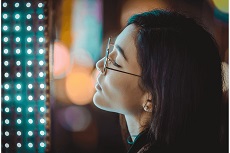
If you are new to lighting, there’s a good chance you have already heard about DMX. You might be thinking to yourself — what is DMX exactly? Well, we are here to help define what DMX is and give our readers a better idea of how DMX controllers work. Once you discover all of the ways you can use a DMX, you’ll be well on your way to confidently create custom lighting packages.
What is a DMX Controller?
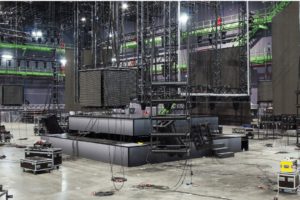
Before we examine how to create lighting environments with a DMX controller, let’s find out what DMX really is.
Before we begin learning how to use a DMX controller, we first need to define what a DMX is and what it does. DMX stands for digital multiplex, which is a protocol used to control lights. DMX was originally used solely for stage and theater productions. If you can imagine the amount of light sequencing that happens at the average rock concert, you are experiencing the capabilities of a DMX. Basically, the DMX communicates information to the lights on when and how to change.
DMX has been widely used since it was first implemented in 1988. The invention of the DMX was a massive step forward in lighting technology, as previously there had been no way to control all lighting from a single device. DMX allows for much more complicated lighting profiles and stage design, and has only progressed more rapidly into new applications in recent years. Currently, DMX systems are used in a variety of different industries apart from live entertainment. For example, many large buildings, bridges, and stadiums rely on DMX systems for their impressive lighting packages.
So, How Does a DMX 512 Light Controller Actually Work?
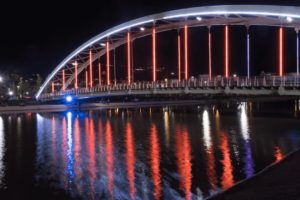
There is so much you can do with a DMX light controller, but how do all of the 512 channels communicate?
Since its implementation in large scale projects outside of the theater, DMX lighting can be found in many large scale lighting projects. No matter how large, these complex networks of lights can be controlled from a single location. The major question becomes: how do all of the lights communicate with each other to form a complete lighting package.
In order to communicate among all the different lighting fixtures, a DMX controller sends low voltage electrical messages to the individual lights. For products like the DMX 512, you can have up to 512 channels that control different elements such as brightness, color, or strobing effects. Amazingly, all of these channels are connected to a single console. Once all of the individual lighting fixtures are connected to the controller and programmed, they are able to operate based on the fixture’s programmed starting address.
What Is a Starting Address In a DMX?

Great question! Let’s find out how starting addresses show the DMX the location of individual fixtures
So, you’re setting up a DMX lighting package, otherwise referred to as a universe, but you’re wondering how to program each fixture so it responds to the DMX controller correctly. The key is assigning each fixture an address. Each fixture will respond to commands based on the messages sent to each address. Usually, a few fixtures will share the same address, meaning that those lights will respond to messages from the DMX in the same way.
How Do You Use a DMX Light Controller?
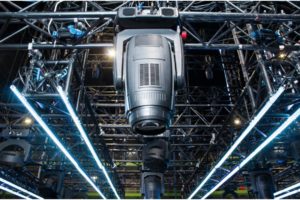
Now that we’ve established how the controller communicates with the LED lights, let’s find out how to properly operate the DMX
As we mentioned before, a DMX can have up to 512 channels. With 512 channels, the lighting options for buildings, bridges, and other large-scale installations are vast. When you are working with a DMX controller, you can expect to see the following basic settings.
- Zone selection – to single out different zones or addresses
- Color selection – to select different color settings for each zone
- Fade control – to dictate the brightness/fade of each zone
- Program selection – for different effects, most commonly strobing effects
Now that we know what the different settings can do, it’s time to start programming the lighting. To use a DMX controller properly, you should do the following in sequence:
- Select the zones you want to program
- Start choosing colors using the dial or a specific numeric value (this depends on your controller)
- Program the dimming and fade aspects
- The last step in the process is when you program the more complex effects, like strobing
After you have walked through these steps for the full lighting sequence, you’ve done it! You’ve learned the basics of programming a DMX.
Does a DMX Have Any Limitations?
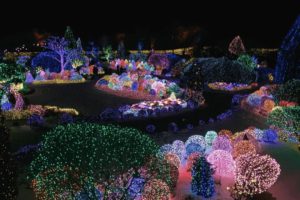
Though there is a lot you can do with a DMX, some elements require more robust fail-safe measures
Though there are a lot of practical and aesthetic applications for DMX systems, they don’t have enough fail-safe measures in place to be used for theater effects such as pyrotechnics. While they are good for fog machines and lighting effects and can create a multitude of environments, a DMX should never be used with potentially dangerous stage effects.
This article contains a relatively basic overview of how to use a DMX controller, and there are many different intricacies that go into programming large scale projects. However, not every single project created with a DMX is something of a massive scale. There are many applicable uses for smaller indoor and outdoor spaces. When using a DMX controller, the lighting possibilities can be endless.
Related posts:






